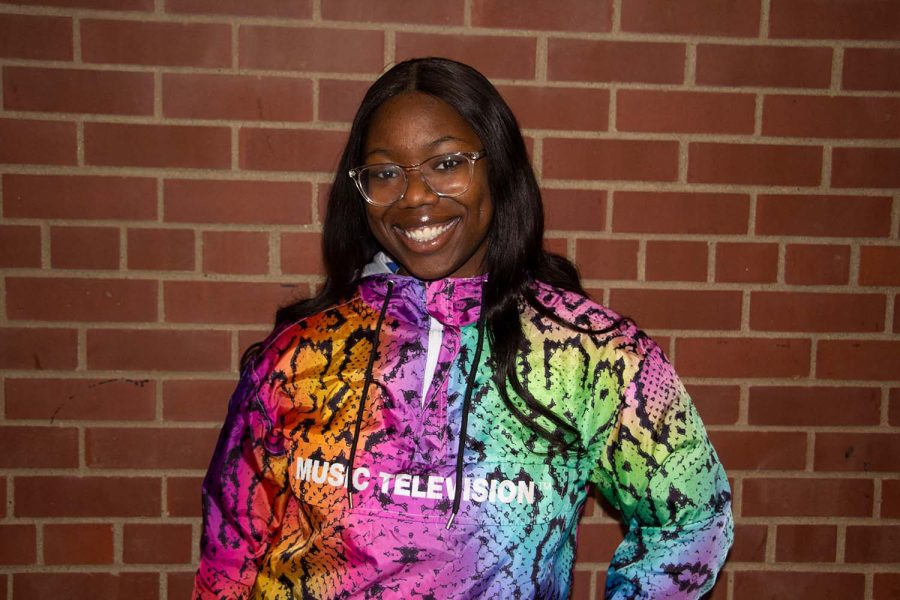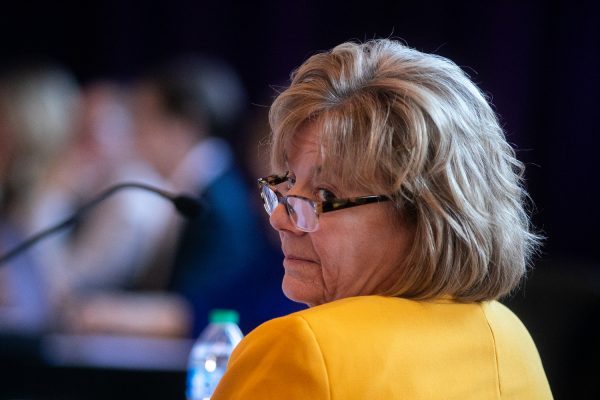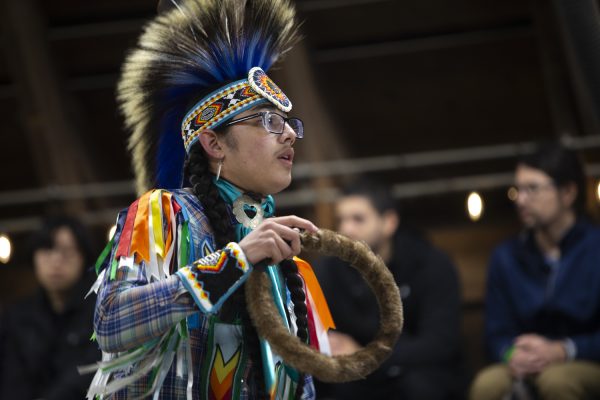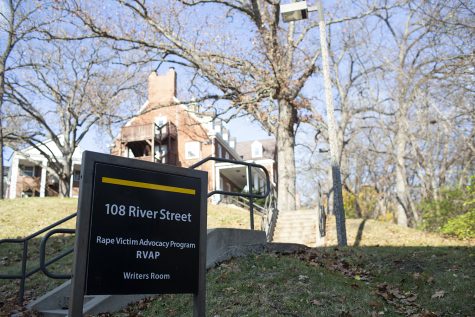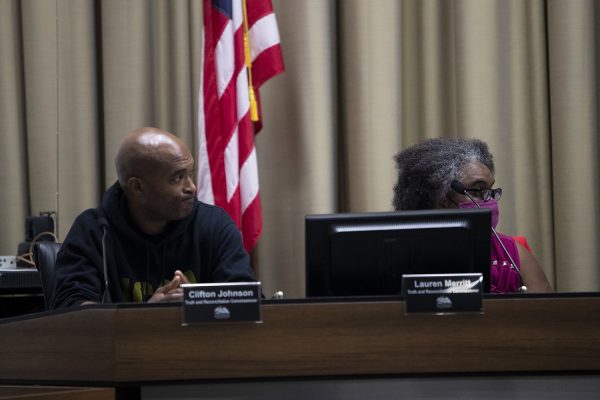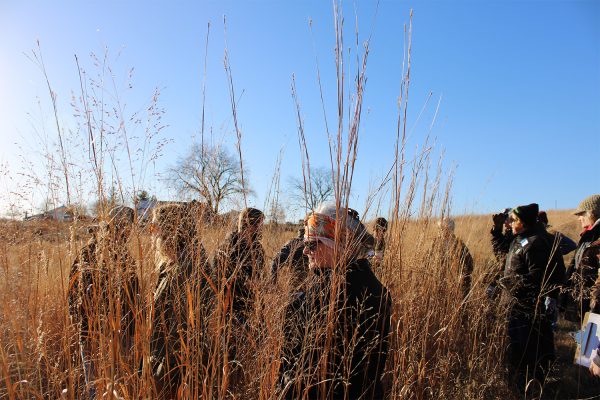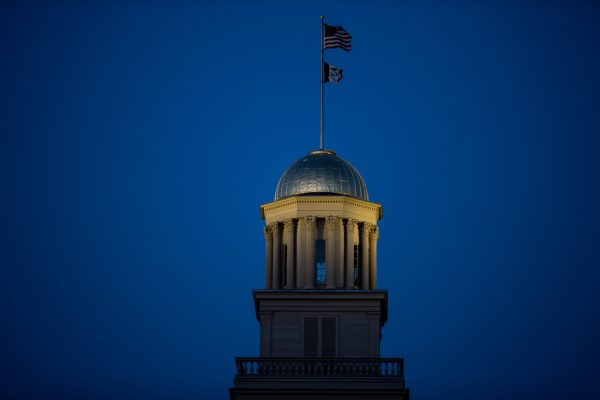UI students consider the benefits between a HBCU vs a predominantly white institution
While protests at Howard University spark national outrage, University of Iowa students consider the impacts of historically Black colleges and universities and predominantly white institutions on Black students.
University of Iowa student Montala Carruthers poses for a portrait on Monday, Nov.1, 2021.
November 2, 2021
For over two weeks, students at Howard University, a historically Black university located in Washington D.C., have camped outside the campus’ Blackburn Center to protest reports of rodent infestations, mold, and Wi-Fi connectivity issues in residence halls.
The outrage sparked by the student protests has fueled conversations surrounding the impacts of historically Black colleges and universieis (HBCUs) and predominantly white institutions (PWIs) on Black students.
The Howard University protests did not affect UI second-year student Montala Carruthers’ views of HBCUs because there are likely to be issues at every university, she said. At predominantly white institutions, such as the UI, the voices of people of color may not be as centered as they are in historically Black institutions, she said.
“I feel like at least there is a good enough amount of students there to be able to get attention for the issue,” Carruthers said. “Because I feel like, here at the University of Iowa, if the students of color have an issue, we’re pretty much overlooked and not given as much attention as the students of non-color and their issues.”
UI fourth-year student Sandrah Nasimiyu said she was not surprised to learn of the protests at Howard University, given conversations she has had with peers on their experiences attending other HBCUs.
She said she can also understand why they may have enjoyed the experience of attending HBCUs, despite the issues they face.
“I think it was the cultural aspect, it felt comforting to see other people who look just like you at the events,” Nasimiyu said.
In a study reported by the Journal of College Student Development, Black students at predominantly white institutions showed a higher degree of assimilationist and humanist ideologies, emphasizing their similarities to non-Black students. Students at HBCUs favored more nationalist views that emphasized the uniqueness of being Black.
According to the UI’s first-year student profile, 3 percent of the UI’s freshman class identify as African American, and 21 percent of students identify as minority students.
Carruthers said one difference between Black students at HBCUs and at predominantly white institutions is that, at HBCUs, Black students often appear to be more educated on national and global concerns regarding Black culture.
RELATED: UI’s lack of diversity presents barrier to some students of color
“I think even just talking to my Black friends that go to HBCUs, they are a lot more informed on our culture and things that are happening than we are here at the University of Iowa,” Carruthers said. “I know a little bit more about what’s happening with the football team than I actually do about what the University of Iowa is doing to promote more students of color to come here.”
The Journal of College Student Development also said HBCU students receive more encouragement from university faculty to continue in their academic pursuits than Black students at predominantly white institutions.
“I think that there’s a correlation with that, being that you have people around you that look like you, and being like you so of course they’ll want you to succeed,” UI fourth-year Tommy Clay said. “Versus people saying, ‘Well, you’re already in this space where people have allowed you to have these funds and resources, then that’ll allow you to succeed on your own.’”
One obstacle preventing many students from attending HBCUs is the cost of admission, due to a lack of funding to provide sufficient scholarships for students. Carruthers said this was one barrier that swayed her to attend the UI.
“I might as well just stay here at the University of Iowa where I’m on a full ride instead of trying to go to [an] HBCU, where I will be coming out of pocket for the next four years for my entire education,” Carruthers said.
Nasimiyu said she desires a balance between better spaces designed to support students of color created by HBCUs and the organized structure present at predominantly white institutions.
“I wish there was a way to get the assistance and structure of a PWI with the culture and curation of a HBCU,” Nasimiyu said.



